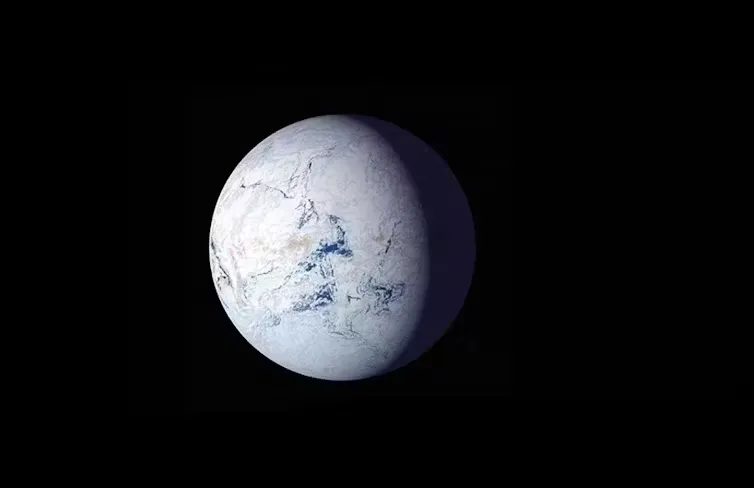Missing Link to Snowball Earth History Emerges from Colorado’s Pikes Peak Rocks
The theory of Snowball Earth suggests that the Earth underwent a global deep freeze around 700 million years ago, with massive ice sheets encasing the entire planet. However, this period has been largely based on evidence from sedimentary rocks exposed in areas that once were along coastlines and shallow seas. The discovery of an unusual pebbly sandstone encapsulated within the granite that forms Colorado’s Pikes Peak provides a long-sought link to this period.
The Snowball Earth Hypothesis
During the Cryogenian Period, from 720 million to 635 million years ago, the Earth cooled so much that scientists believe massive ice sheets encased the entire planet like a giant snowball. This global deep freeze is thought to have endured for tens of millions of years. Despite this extreme climate, early life not only held on but thrived.
When the ice melted and the ground thawed, complex multicellular life emerged, eventually leading to life-forms we recognize today. The Snowball Earth hypothesis has been largely based on evidence from sedimentary rocks exposed in areas that once were along coastlines and shallow seas, as well as climate modeling. However, physical evidence of ice sheets covering the interior of continents in warm equatorial regions had eluded scientists until now.
The Discovery at Pikes Peak
In new research published in the Proceedings of the National Academy of Sciences, a team of geologists describes the missing link, found in an unusual pebbly sandstone encapsulated within the granite that forms Colorado’s Pikes Peak. The rocks are composed of solidified sand injectites, which formed in a similar manner to a medical injection when sand-rich fluid was forced into underlying rock.
A possible explanation for what created these enigmatic sandstones is the immense pressure of an overlying Snowball Earth ice sheet forcing sediment mixed with meltwater into weakened rock below. The rocks are also cross-cut by silvery-gray veins of iron oxide, which contain very low amounts of naturally occurring radioactive elements, including uranium.
Solving the Mystery
The obstacle for testing this idea was the lack of an age for the rocks to reveal when the right geological circumstances existed for sand injection. However, using veins of iron found alongside the Tava injectites, near Pikes Peak and elsewhere in Colorado, allowed the researchers to solve this mystery.
Recent advancements in laser-based radiometric dating enabled them to measure the ratio of uranium to lead isotopes in the iron oxide mineral hematite to reveal how long ago the rocks formed. The results supported that a Great Unconformity near Pikes Peak must have been formed prior to Cryogenian Snowball Earth, contradicting hypotheses that attribute the formation of the Great Unconformity to large-scale erosion by Snowball Earth ice sheets.
Implications and Future Directions
The discovery of these elusive Cryogenian rocks in Colorado provides clues about other geologic phenomena. Time gaps in the rock record created through erosion and referred to as unconformities can be seen today across the United States, most famously at the Grand Canyon.
The presence of Tava injectites within weak, fractured rocks once overridden by ice sheets also supports that Snowball Earth ice sheets played a role in shaping the geological landscape. Further research into these rocks and their surrounding geology could lead to a clearer picture of our planet during climate extremes and the processes that led to the habitable planet we live on today.
Key Findings
* The discovery of an unusual pebbly sandstone encapsulated within the granite that forms Colorado’s Pikes Peak provides a long-sought link to the Snowball Earth period.
* The rocks are composed of solidified sand injectites, which formed in a similar manner to a medical injection when sand-rich fluid was forced into underlying rock.
* Physical evidence of ice sheets covering the interior of continents in warm equatorial regions had eluded scientists until now.
* Recent advancements in laser-based radiometric dating enabled the researchers to solve the mystery of when the rocks formed.
* The results supported that a Great Unconformity near Pikes Peak must have been formed prior to Cryogenian Snowball Earth.
Conclusion
The discovery of these ancient rocks at Pikes Peak provides significant insights into the history of our planet during climate extremes. Further research into these rocks and their surrounding geology could lead to a clearer picture of how life adapted to these extreme conditions and ultimately gave rise to the diverse range of life on Earth today.

0 Comments